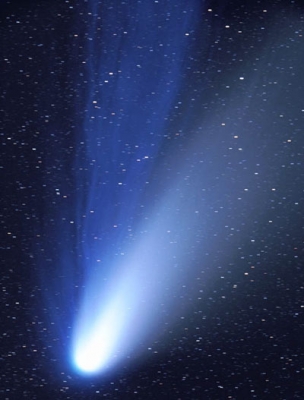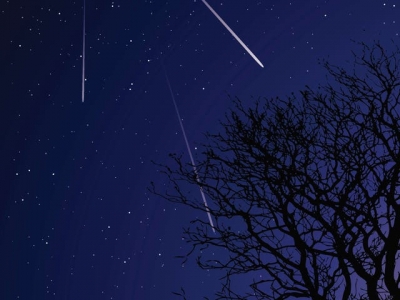What is Halley’s Comet?

Halley’s Comet
The comet we call Halley’s Comet was first seen more than 2,000 years ago. It was sighted by Chinese astronomers in 240 B.C. It appeared again and again over the centuries, but most people did not realize it was the same comet. They believed that comets appeared by chance and travelled through space in no set path.
An English astronomer named Edmund Halley proved them wrong. He discovered that the comet travelled in a set path around the sun.
Halley knew that the paths of comets seen in 1531 and 1607 were exactly the same as the path of a comet observed in 1682. And he realized that these were all the same comet! Halley also noted that 76 years had passed between 1531 and 1607. And between 1607 and 1682, 75 years had passed. He predicted that people would see that comet again 76 years later and at fairly regular intervals after that.
Sure enough, the comet was sighted on Christmas Day in 1758. Halley’s Comet became the most famous comet in history.
Picture Credit : Google













